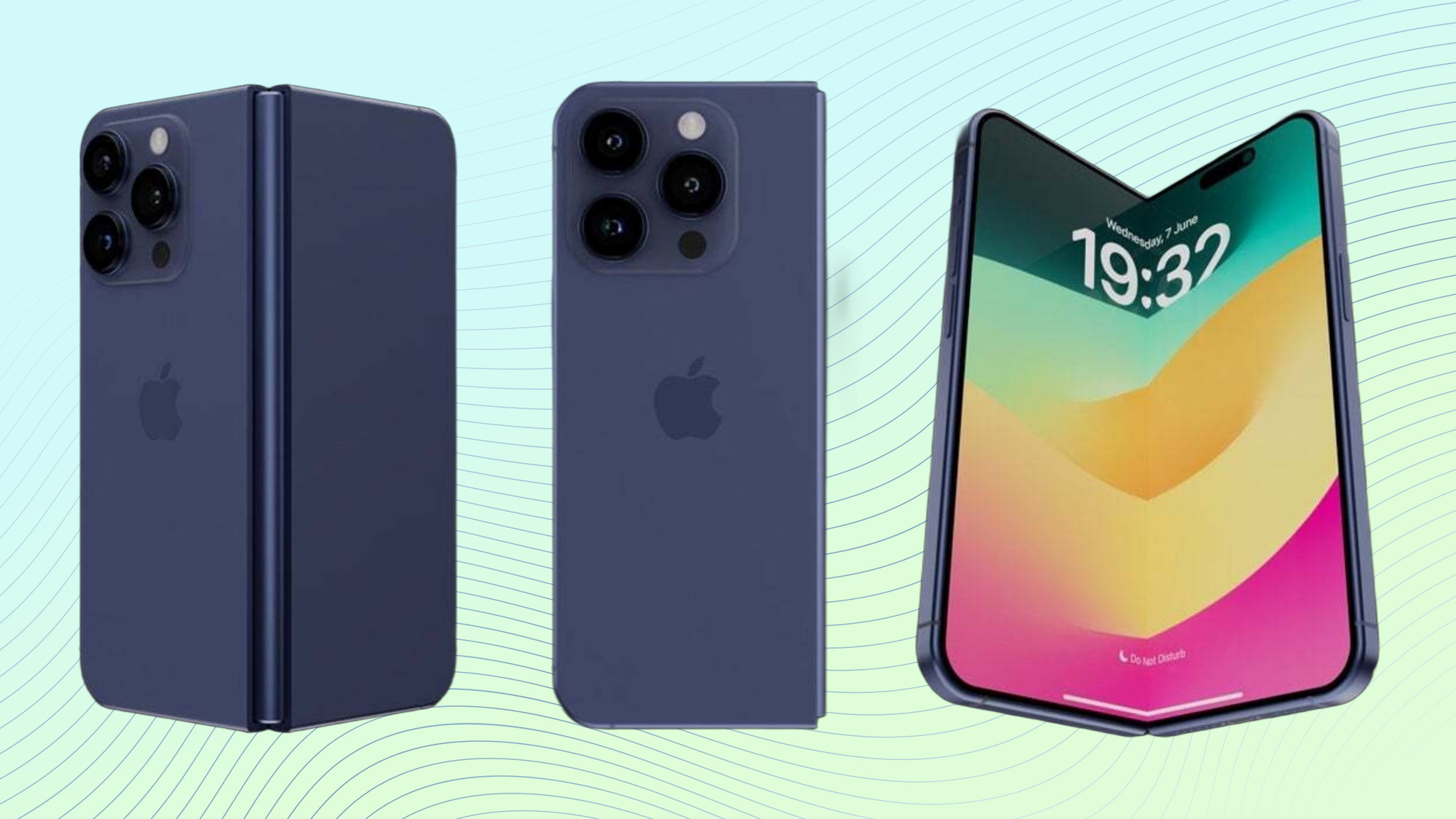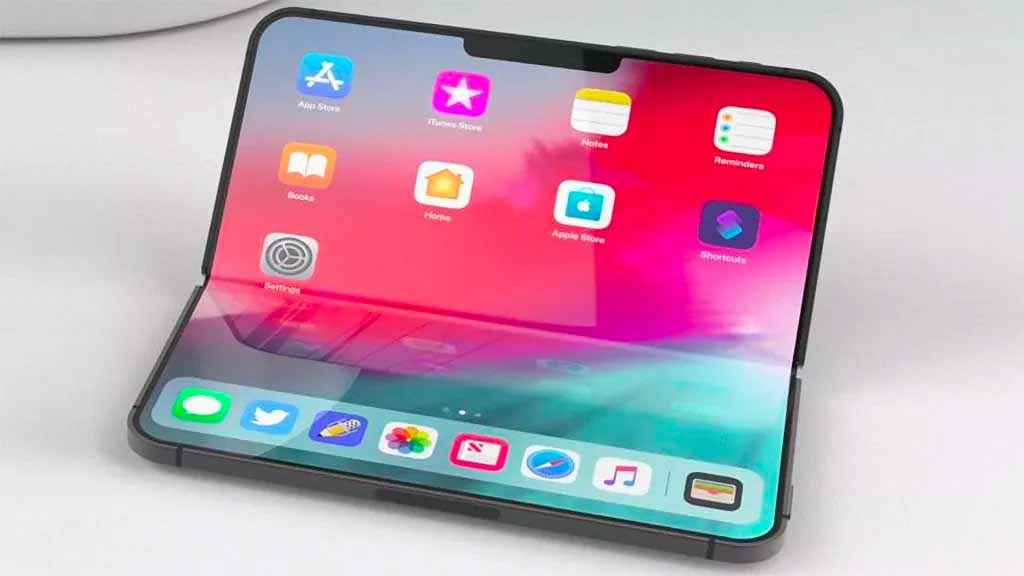Foldable iPhone just tipped for revolutionary 'liquid metal' hinge
Success could hinge on this

Apple’s first foldable is now widely tipped to arrive late next year or in early 2027, with a Samsung Galaxy Z Fold 6-like design where a small tablet is hidden inside a regular-looking handset.
An integral part of this is, of course, the hinge mechanism. A touchscreen which is designed to bend needs support from a strong hinge, and a weakness in this area can cause all kinds of problems, as Samsung found with its original recalled Galaxy Fold.
Now the leaker Instant Digital has offered an insight into Apple’s thinking. On Weibo, they write that the company will be employing “amorphous alloy (metallic glass)” in order to provide “better resistance to bending, deformation, and dents,” with “strength and hardness 2.5 times higher than titanium alloy”.
The leaker also reports that “gloss is better”, offering something “close to the high-end feeling of stainless steel”.
“Metallic glass” is another name for liquid metal, a marketing term for material built from a casting process that produces hard and precise metal parts.
“Metallic glass” is another name for liquid metal, a marketing term for material built from a casting process that produces hard and precise metal parts.
These comments are machine translated, which can cause its own problems, but there are reasons to believe this isn’t a simple mistranslation.
It matches the prediction of the analyst Ming-Chi Kuo who earlier this month posted on X that Apple would be using liquid metal “to enhance the durability, screen flatness, and achieve a crease-free screen for foldable iPhones”.
Sign up to get the BEST of Tom's Guide direct to your inbox.
Get instant access to breaking news, the hottest reviews, great deals and helpful tips.
Apple has reportedly made it its mission to “eliminate the crease at all costs, regardless of price”, though Instant Digital is skeptical as to its chances of success. When asked in the comments over whether this will make the crease disappear, he simply responds “impossible”.
iPhone Fold: What we know so far

Most of what we’ve heard about the foldable iPhone (iPhone Fold?) so far comes from Kuo himself. He writes that the “true-AI driven phone” will pack a 5.5-inch outer display, which opens out onto a 7.8-inch internal screen, making it not that much smaller than the 8.3-inch iPad mini 7 when unfolded.
In tablet form, it’ll be quite a bit thinner too, at somewhere between 4.5 and 4.8mm to the iPad mini’s 6.4mm. When closed, however, it’ll be chunkier than the 7.88mm thick iPhone 16 at between 9 and 9.5mm.
The handset will reportedly feature a dual-lens rear camera, with a front-facing lens available in both folded and unfolded states. Internal specs are unknown, but if it’s coming in 2026, it will presumably use the same 2nm A20 chipset as the iPhone 18.
All of this innovation will come at a price, of course, and we seem to be looking at an MSRP north of $2,000 and possibly as high as $2,300, according to one analyst. Foldables are known for being expensive, but this estimate would put it some way beyond both the $1,699 OnePlus Open and $1,899 Samsung Galaxy Z Fold 6.
Still, Apple fans seem comfortable with spending big on the right product, and if you consider the iPhone Fold could replace both the iPhone ($799+) and iPad mini ($499+) in one device, some may well be tempted.
Our list of the best foldable phones could well have an exciting newcomer in 2026.
More from Tom's Guide
Freelance contributor Alan has been writing about tech for over a decade, covering phones, drones and everything in between. Previously Deputy Editor of tech site Alphr, his words are found all over the web and in the occasional magazine too. When not weighing up the pros and cons of the latest smartwatch, you'll probably find him tackling his ever-growing games backlog. Or, more likely, playing Spelunky for the millionth time.
You must confirm your public display name before commenting
Please logout and then login again, you will then be prompted to enter your display name.

